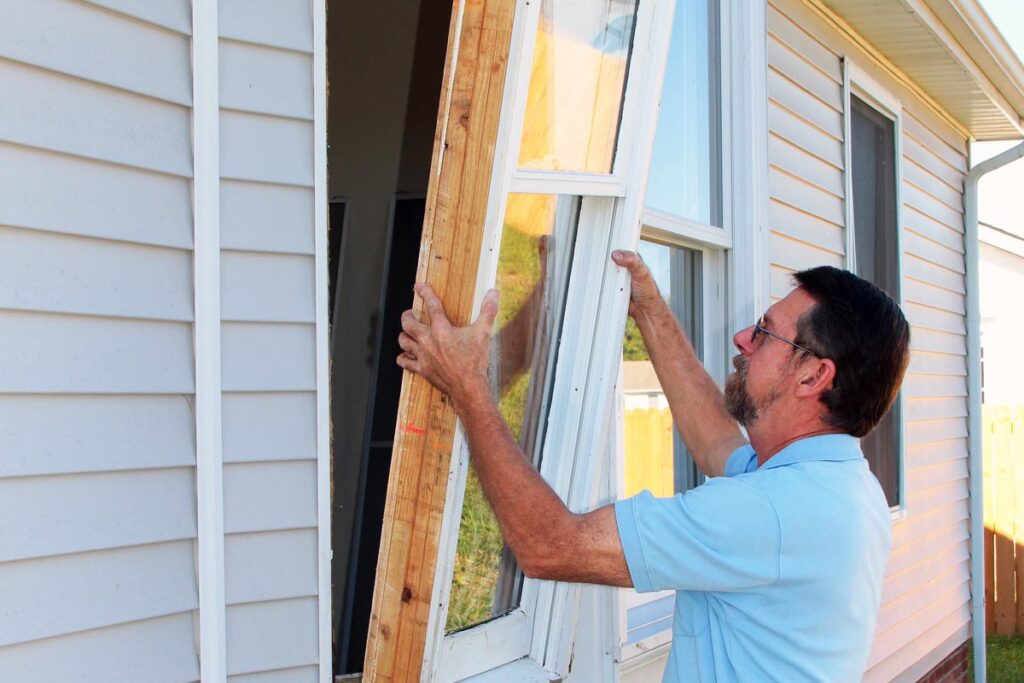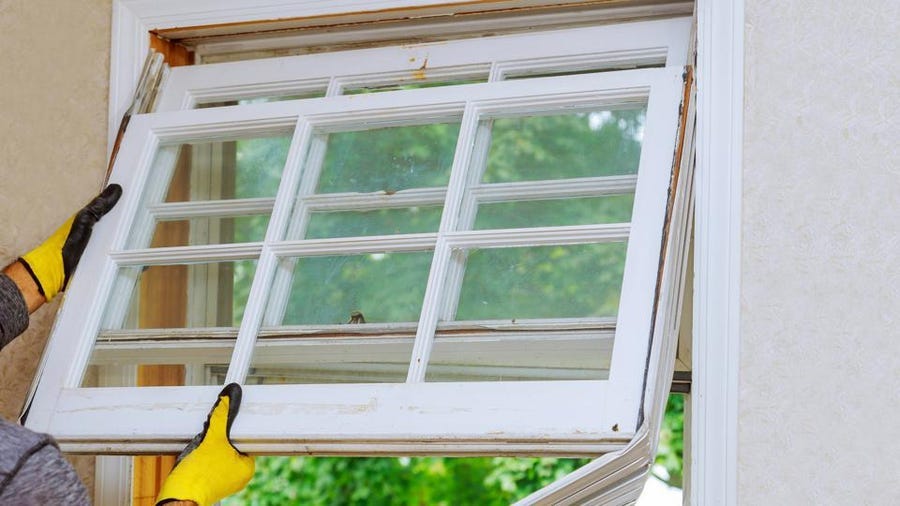In fact, windows alone account for 25% to 30% of heating and cooling energy use in homes. That “use” comes from the heat gains and losses that occur in them.
The energy loss is even greater with aging windows, as they may already have leaks and drafts. Depending on the materials used, your windows may be way past their service life of 10 years.
In that case, it’s time to think about getting either replacement or new construction windows. Changing your old or damaged windows could make your home more energy-efficient. This, in turn, can help you prevent unwanted and unnecessary spikes in your energy bills.
The question now is, how do you decide over new vs replacement windows? What’s the difference between the two and which one best suits your home?
We’ll answer all these questions in this post, so be sure to keep reading!
A 101 on New Construction Windows
New construction windows are full-frame windows distinguished by their nail fins. This is the main difference between new construction and replacement windows.
A nailing fin is a thin sheet of metal attached to the window’s full exterior side. A window installer nails this metal piece directly to the studs, or the frame of the house. This makes the windows a more permanent structure.Finishing the rest of the wall comes after securing the nail fin into the studs. Meaning, your exterior and interior walls hide this piece of metal.
This makes new construction windows a must for newly-built homes and extensions. If you want to add elegance to your new home, you should consider new construction luxury windows. You can’t go for replacement windows as they don’t have a nail fin.
A new bedroom, toilet, or any other extension would also need new construction windows. Their frame will serve as the frame of potential future replacement windows.
What About “Replacement” Windows?
So then, what is a replacement window and what else makes it different from the new construction ones? Aside from the lack of nail fins, replacement windows come with smooth sides. This enables ease of insertion into the window frame.
Replacement windows are also “new”, but they’re meant to replace existing windows. You can swap out a “new construction” window that has become too old or damaged with these windows. You simply insert and secure these replacements into existing window frames.
The Signs That Point out the Need for Replacement Windows
Most new windows installed in existing homes are replacement windows. They’re easier to install and often don’t require new construction.
Let’s take a look at the situations wherein replacement windows are your better bet.
Old Age
About half of all homes in the U.S. are over thirty years old. Many of these still have their original windows in place. While some of these windows are still working, many others have deteriorated.
A loose fit, cold drafts, and rattling noises are all signs of aging window damage. The frames may have already warped due to old age, which leads to the formation of gaps. These “spaces” can force other parts of the windows to shift, while also allowing drafts to enter your home.
You can go for replacement windows if there’s not too much damage to the studs themselves. This will fix the above-mentioned issues of old windows. The window contractor will also “reseal” the windows, which will take care of air leaks.
Upgrading to Multi-Pane Windows
You can also use replacement windows to convert single-pane windows into multi-paned ones. The best multi-pane windows can reap you up to 50% in energy savings.
Upgrading to multi-pane windows also provides sound-proofing benefits. Double and triple panes can knock down noise much better than single-pane windows.
When Replacement Windows Won’t Cut It
New construction windows are almost exclusively used for new homes and extensions. But there are also situations that you need them for an existing structure. Let’s take a look at two of them.
When the Areas Around Your Windows Are Badly Damaged
If you live in an old home, it’s likely that some areas surrounding your window frames are also worn and damaged. These may be the frame around the windows, the interior drywall, or the exterior siding. The wall studs themselves may also be in bad shape after all those years of service.
In this case, replacement windows may no longer be a smart, cost-effective solution. The peripheral area may already be unable to support the weight of the new windows.
In fact, some of these sections may crumble when you try to unfasten the old windows!
These situations already warrant new construction windows. After all, you’d need to address the deteriorating peripheral area too.
The nail fins of new construction windows will make them sturdier too. This metal piece also makes these windows more substantial than regular window replacements. The nailed windows will also offer better weather-proofing than their replacement counterparts.

If You Have a Termite Infestation
Every year, about 600,000 U.S. homes fall victim to termite damage. $5 trillion goes into controlling these pests and repairing the damage they cause.
If you have a termite problem, you may need to tear down parts of your home to get rid of these pests. Failure to remove all termite breeding grounds will only make them survive.
If termites are in your windows and their surrounding areas, you’d need to remove them. They may have already weakened the structures, so replacing just the windows won’t cut it. In fact, installing new windows in these weak structures can be an accident waiting to happen.
Don’t put yourself and your loved ones at risk of collapsing windows and breaking glass. Get new construction windows installed in sturdy and secure walls instead.
Choose the Best Windows for Your Needs
There you have it, your guide on new construction windows and replacement windows. As you can see, both are “new” windows, but they do have specific uses and benefits. And now that you know the difference between the two, you can make a much more informed decision.
Whichever window type you choose though, choose only a reputable window contractor.
This way, you can get warranties and guarantees on your new window installations.
Looking for more tips that can boost your home’s comfort level and livability? Then be sure to follow and bookmark our site’s Home Improvement section! We’ve got more useful guides like this waiting for you there.


